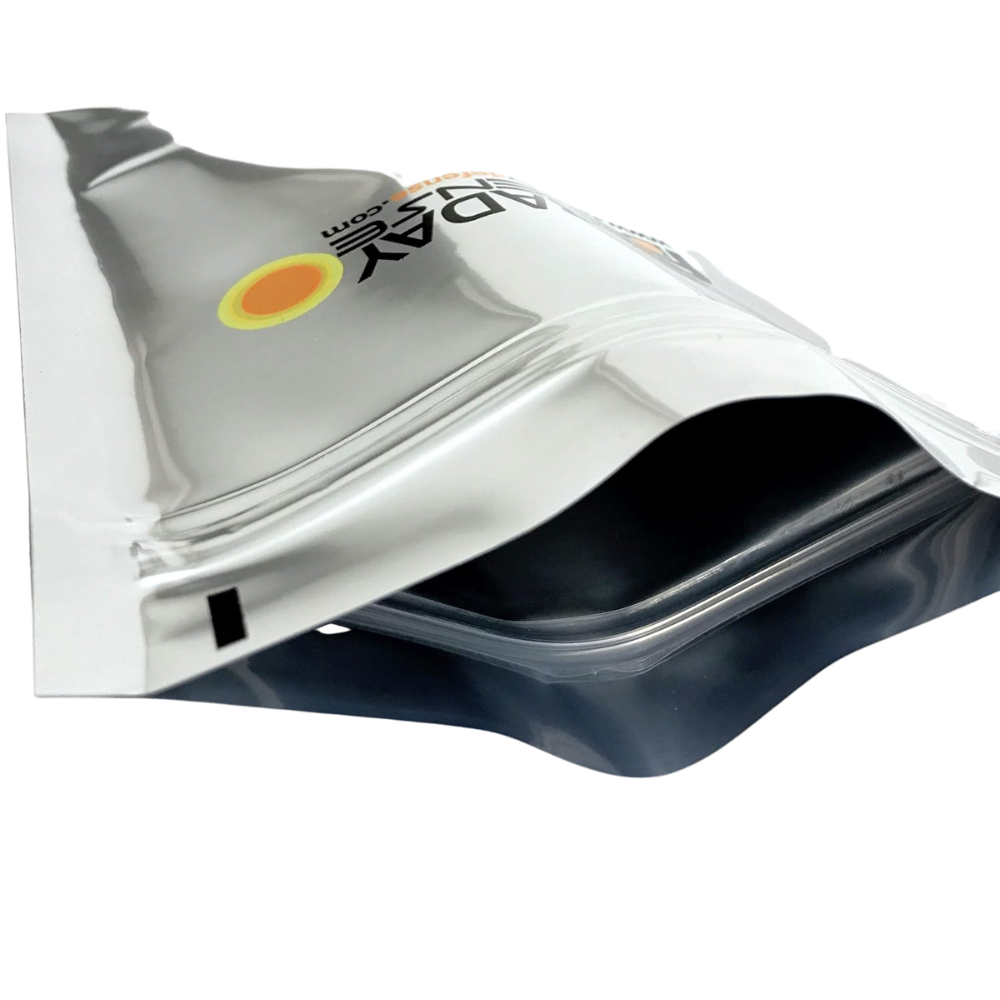Readers like you help support How-To Geek. When you make a purchase using links on our site, we may earn an affiliate commission. Read More.
Key Takeaways
- Solar flares are eruptions of intense radiation from the sun’s surface, releasing enormous amounts of energy that can head straight to Earth.
- Solar flares can disrupt electric and electronic technology on Earth, damaging electronics by inducing powerful charges in active circuitry.
- To protect your electronics from solar flares, keep an eye on solar activity reports, unplug or use surge protectors for vulnerable electronics, buy ruggedized models, store electronics in shielded containers, and make backups of crucial data.
The giant ball of nuclear fire in the sky we pretend is totally normal and not terrifying, has its ups and downs. Before we had electricity or electronics, what the sun got up to didn’t matter that much, but now the sun can randomly toast your tech, so what can you do?
What Is a Solar Flare?
The name “solar flare” already does a pretty good job of explaining what it is. That said, a solar flare is an eruption of intense radiation from the sun’s surface. It happens when the super-heated plasma of the sun, with its complex currents and eddies, creates magnetic field lines. As charged particles move around in this complex environment a sudden shift in these lines causes a release of enormous amounts of energy. We’re talking billions nuclear bombs going off here, and that radiation can head straight to Earth.
Most solar flares are not quite that powerful, mind you. It’s only the most massive “X-class” that have this apparently apocalyptic level of energy, but that doesn’t mean other types of solar flare are anything to sniff at. Even weaker classes of flare can pummel the Earth with plasma in an event known as a “Coronal Mass Ejection.” Any type of solar flare can disrupt electric and electronic technology on Earth, but how exactly?
How Solar Flares Hurt Electronics
Solar flares emit radiation in the electromagnetic spectrum. Think electricity, radio waves, and, of course, magnetism. Solar flares hurl charged particles out into space and some of these will intersect with our planet. The Earth has its own magnetic field, and an atmosphere that protects us from solar flare radiation, but some of it will always make it through. With extremely powerful flares, that natural shielding is no longer enough and more radiation gets through than usual.
Our technology in space, such as space stations and satellites, are particularly vulnerable since they don’t benefit from the natural shielding we get standing on the Earth’s surface under the atmosphere. Charged particles can directly damage electronics by smashing through them, and strong electromagnetic radiation can induce powerful charges in circuitry that can burn them out. This issue might become even more important as we put more stuff in space.
If that radiation makes it down to the surface of the Earth, it can induce strong electrical current in power lines, blowing up transformers and melting power lines that weren’t designed to handle that much power. In theory your personal electronics could be fried by a solar flare in exactly the same way, but it’s more likely that it will be damaged by an uncontrolled power surge in the grid caused by the flare.
What You Can Do to Protect Your Stuff
If solar flares are so dangerous to our technology in space, why aren’t our satellites failing every time a big flare hits? The simple answer is shielding. The designers of anything that goes into space are well aware of radiation dangers, even when there’s no solar flares. Space technology is “hardened” by using materials that don’t let radiation through. It’s the same reason your dentist puts a lead apron on your chest when taking dental X-rays. Also, space “weather” is tracked by organizations like NASA, and so when a large flare is detected operators can take precautions with devices like satellites to make it less likely that they’ll be damaged.
If you’re worried about the potential for solar flares to damage your electronics, there are a few practical things you can do:
- Keep an eye on solar activity reports, you can even use sites like Space Weather Live so that you know when there’s potentially dangerous flare activity.
- Either unplug your electronics, or ensure that any vulnerable electronics are connected to the mains using a surge protector.
- When you buy electronics, you may want to purchase ruggedized models that are hardened against electromagnetic radiation.
- It may be a good idea to store some electronics, such as a spare phone, inside a shielded container. You can find military-grade Faraday containers on sites like Amazon where you can put some essential electronics inside in case the worst happens. If the power grid burns, and terrestrial internet and cellular goes down, you’ll want to have a device kept in a shielded container that doesn’t depend on that. Such as a walkie-talkie radio or at the expensive end, a satellite phone.
- Make backups of crucial data on local media, such as DVDs or external hard drives or SSDs that are unplugged and turned off.
Of course, whether from a solar flare or some more mundane cause, you should always have some level of preparedness for power grid failure!

Faraday Defense 15pc Kit
This kit of 15 bags promise to protect your electronics from EMP (Electromagnetic pulse) damage from sources such as solar flares.
What Are the Odds of a Serious Flare?
The Sun is a complex system and, just like Earth weather, space weather prediction isn’t perfect. So there may be periods where serious flares happen often, and other times where we don’t see any for long stretches of time. There are multiple agencies watching the Sun 24/7 and they’ll issue advisories like “A 15% chance of an X-class flare on Wednesday” to offer some measure of forewarning.
Solar flares are as natural as thunderstorms or any other phenomenon in nature. The most important thing is to have time to prepare and respond before they happen, and understand as much as possible about them to improve our prediction accuracy. The truth is that if there’s a likely flare coming that could affect you or where you live, you or at least someone in charge, will probably know about it in advance.


























